Now that the mechanical board and wheeled base design are done, we move on to designing the game console. Since there's no actuation needed in the game console, we will not need to use any of the 16 servo channels. Instead, we will rely entirely on the extension block, with GPIOs and hardware communication protocols like I2S, SPI and UART.
The brain itself can already be considered as a game console, as you can launch games on it, with 2 buttons on the 2 sides of the brain used as control inputs. Some of the game we have developed to play-test on the brain are Flappy Bird and a simple car chasing game that you found in those monochromic cheap game consoles:
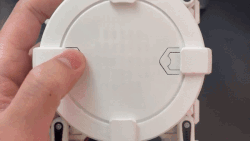
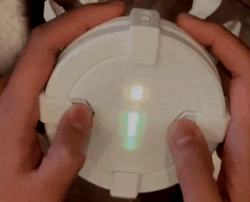
To add in more buttons and joysticks, we need to consider the distance between the added handles and the brain, so that you can still comfortably reach the available buttons. We started out with a rough design of the game console with 1 button and 1 joystick on each side:
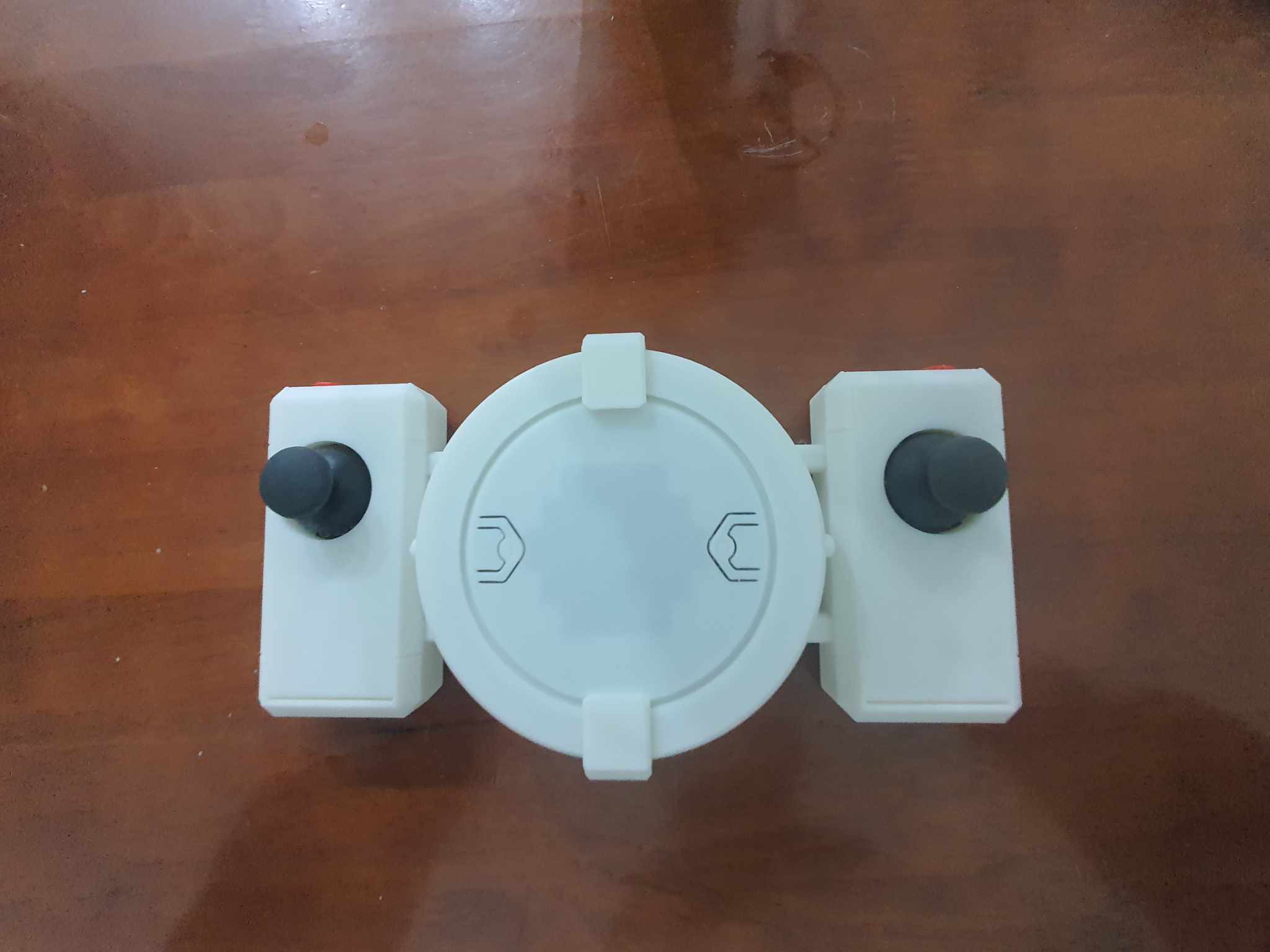
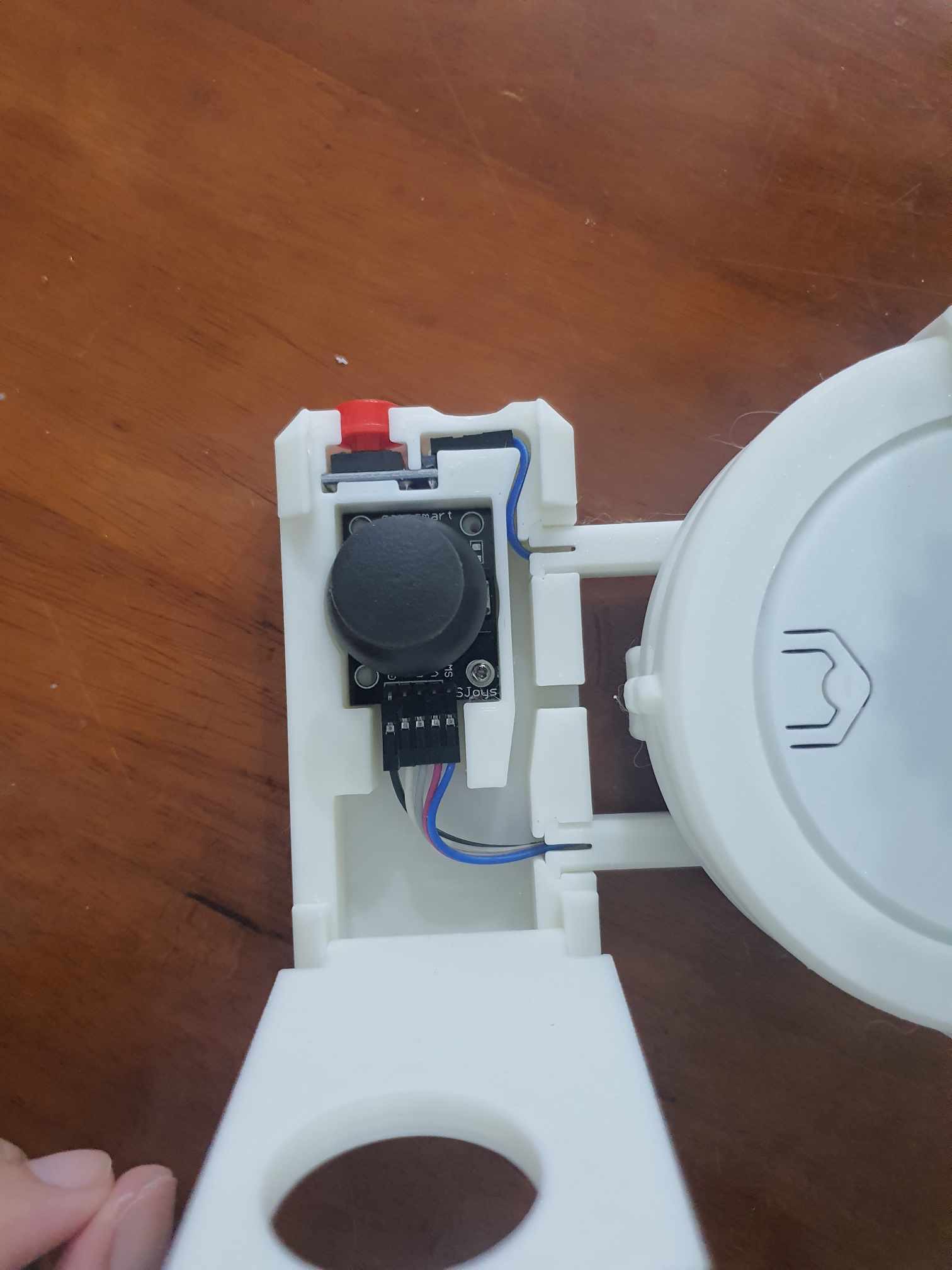
Then, since the design looks so tight, we played around with the distance between the handles and the brain and ended up with a distance that makes holding it feel comfortable. Finally, we added an I2C OLED display so that you can load up any games made for the Arduboy project:
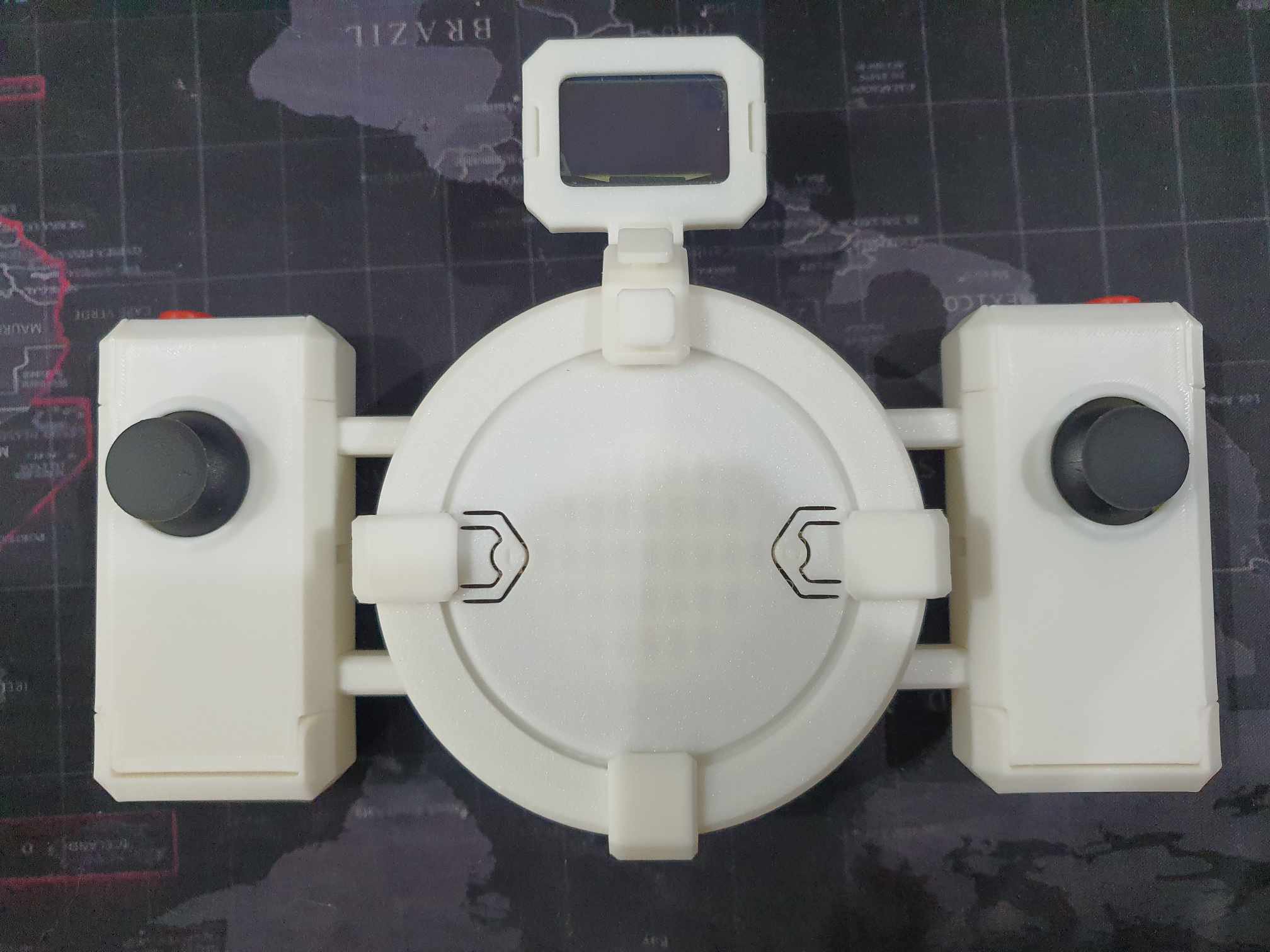
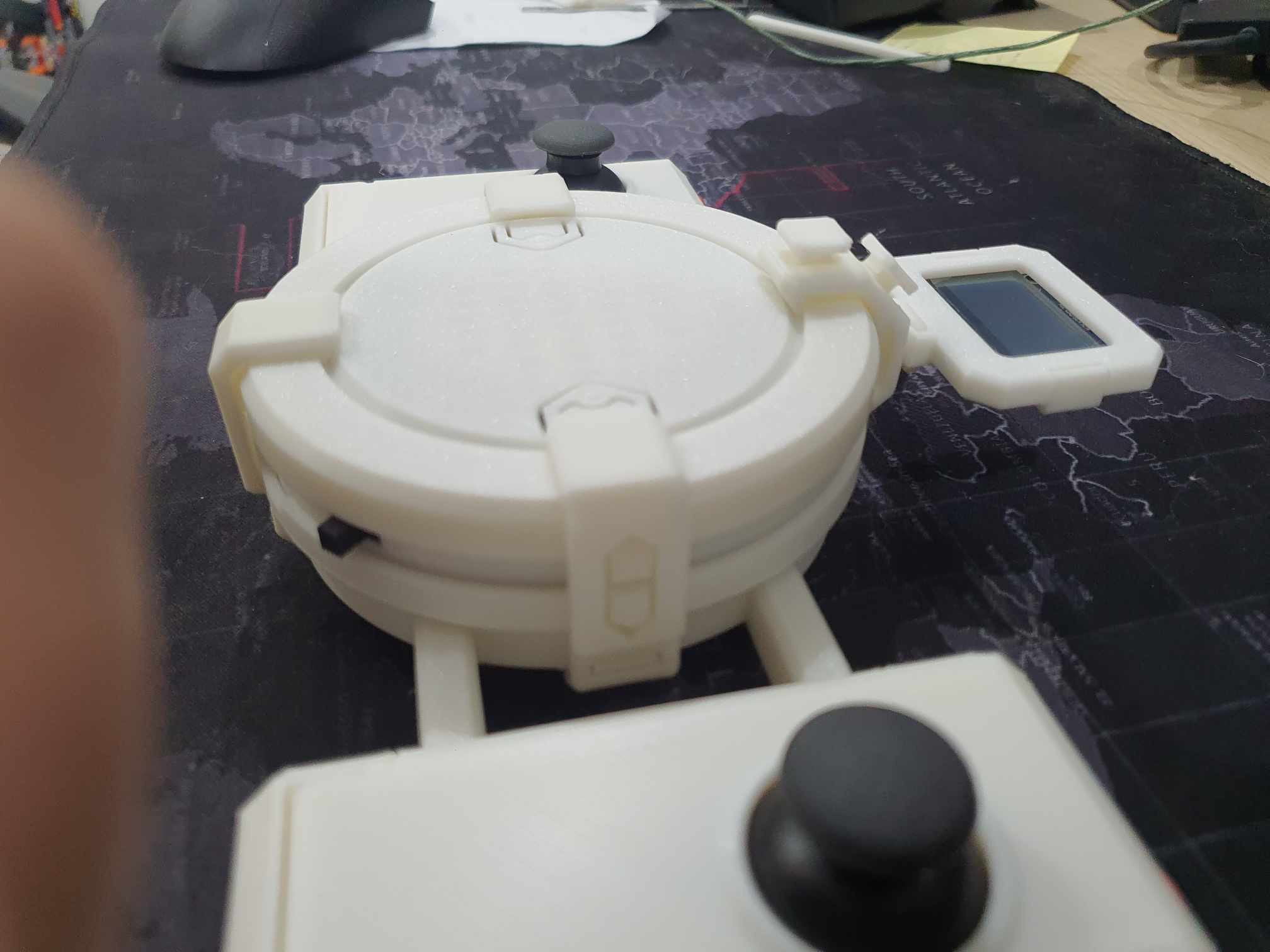
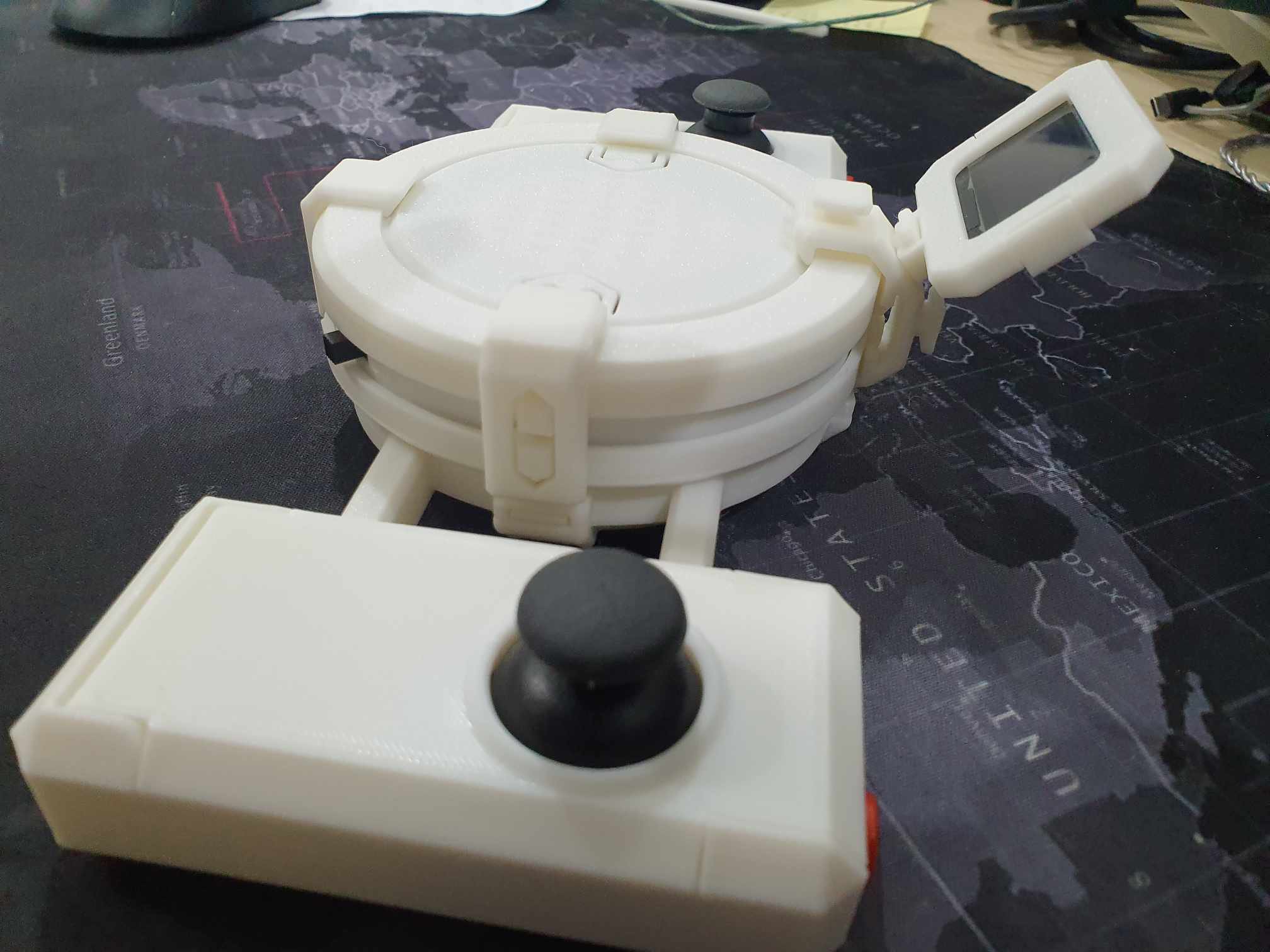
 Nguyễn Phương Duy
Nguyễn Phương Duy
Discussions
Become a Hackaday.io Member
Create an account to leave a comment. Already have an account? Log In.